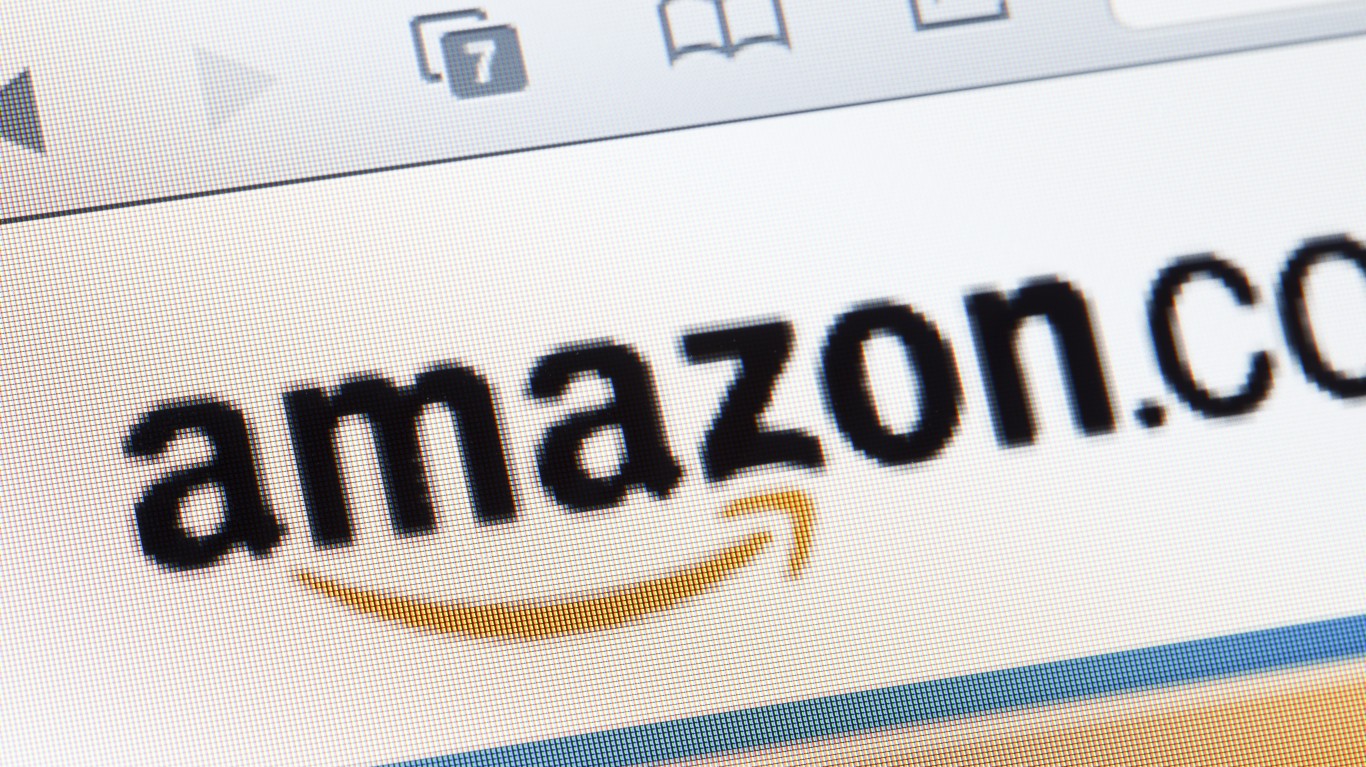
By Gene Munster and Andrew Murphy of Loup Ventures
We were wrong in predicting Amazon would acquire Target in 2018. It was the boldest of our 8 predictions for the year, and it was incorrect. However, we continue to believe the combination makes sense because Amazon needs to acquire a Target-like footprint (1,800 stores) in order to continue growing its retail presence.
As a reminder, we listed 3 reasons why Amazon would acquire Target in 2018.
- Offline sales will always be a big part of retail. E-commerce is slowly killing brick and mortar business across almost every industry. Today, however, only about 10% of total US retail sales are online. We see this number going to 55% over a very long term, but that still leaves a considerable market for physical retail. This is based on the concept of empathic retail and our belief that human retailers are uniquely qualified to create personalized service based on empathy.
- Amazon and Target pursue a shared demographic. Amazon’s Whole Foods acquisition confirmed their focus on the high-income consumer. The median household income for an Amazon shopper is $90,100, similar to Whole Foods at $95,200. Target reports its average shopper earns $87,000. These income levels far exceed the U.S. median household income of $55,322. In our experience observing tech companies, owning a demographic yields the best results.
- Brick and mortar retail must get more advanced. Retailers like Target must get more advanced to survive in the new world of commerce. Our data suggests that traditional retailers are struggling to transform, ostensibly because tech is not in their DNA. Additionally, the economics and the expectations of a traditional retailer are very different than those placed on their largest competitor: Amazon. Amazon has the flexibility to grow without generating a profit and does not carry the real estate burden of a brick and mortar footprint. An Amazon acquisition would change the rules of the game for Target, and further Amazon’s effort in brick and mortar.
Here’s Where We Were Wrong:
- Our rationale wasn’t “time sensitive.” In other words, the rationale, while valid, did not contain any true explanation as to why 2018 would be the year that Amazon at Target came together. Each of our three reasons for the merger are not “time sensitive.” In fact, our belief that online retail will eventually represent 55% of US retail sales is one that will take place over a very long term — at a glacial pace, and Amazon is playing the long game in brick and mortar retail.
- Amazon has been more aggressively opening stores on its own. We expected Amazon to buy its way into brick and mortar, but the company has opened more of its own stores faster than we expected. Amazon now operates 107 of its own physical retail stores (including Amazon Go, Amazon 4-star, Amazon Pop-Up, and Amazon Books).
- Amazon is actually integrating Whole Foods. When the Amazon acquired Whole Foods, we expected the two companies to coexist in parallel for a few years before they were able to leverage synergies. Amazon’s use of Prime discounts for Whole Foods shoppers and Prime Now delivery from Whole Foods stores has surprised us. Amazon may not yet be ready to integrate another large retailer, given the ambitious plan they are executing with Whole Foods.
Here’s Why The Combo Still Makes Sense:
- Amazon and Walmart Are Taking Aim at Each Other. Amazon is significantly behind Walmart in physical retail and needs to continue making bets to catch up; Walmart is significantly behind Amazon in online retail and needs to continue to acquire large online retailers to catch up. Throughout the year, we’ve seen a steady cadence of news as Walmart has grown its online retail portfolio, with the addition of Art.com. Similarly, it seems like nearly every day comes more news of Amazon extending its reach into physical retail. In short, we see a retail duopoly emerging and Amazon needs to acquire Target-like footprints (1,800 stores) in order to continue growing its retail presence. See more details here.
- Amazon has a growing need for Target’s skills: Merchandising, Curation, Details, Space, and Experience. Amazon’s core retail competency lies in logistics (not merchandising). The Amazon Go initiative, for example, works so well because it leverages logistics in physical retail. Amazon Go is a convenient, self-service “warehouse” for items you know you need. But to build most other physical retail — stores where people love to discover new items — requires a completely different competency: merchandising, curation, details, space, and experience. Amazon isn’t great at product design (cf. Amazon Fire Phone, and even amazon.com or the Echo lineup), and retail stores are products. Perhaps this is why The New York Times review of the Amazon 4-star store was so critical: “It is grim. A permanent store with the harried, colorless mood of a hastily assembled clearance-sale pop-up. Lot-Less Closeouts stores have more vim and charm.” Target has over 50 years of merchandising experience, creating spaces for consumers to discover new items in a physical space.
Disclaimer: We actively write about the themes in which we invest or may invest: virtual reality, augmented reality, artificial intelligence, and robotics. From time to time, we may write about companies that are in our portfolio. As managers of the portfolio, we may earn carried interest, management fees or other compensation from such portfolio. Content on this site including opinions on specific themes in technology, market estimates, and estimates and commentary regarding publicly traded or private companies is not intended for use in making any investment decisions and provided solely for informational purposes. We hold no obligation to update any of our projections and the content on this site should not be relied upon. We express no warranties about any estimates or opinions we make.
100 Million Americans Are Missing This Crucial Retirement Tool
The thought of burdening your family with a financial disaster is most Americans’ nightmare. However, recent studies show that over 100 million Americans still don’t have proper life insurance in the event they pass away.
Life insurance can bring peace of mind – ensuring your loved ones are safeguarded against unforeseen expenses and debts. With premiums often lower than expected and a variety of plans tailored to different life stages and health conditions, securing a policy is more accessible than ever.
A quick, no-obligation quote can provide valuable insight into what’s available and what might best suit your family’s needs. Life insurance is a simple step you can take today to help secure peace of mind for your loved ones tomorrow.
Click here to learn how to get a quote in just a few minutes.
Thank you for reading! Have some feedback for us?
Contact the 24/7 Wall St. editorial team.





